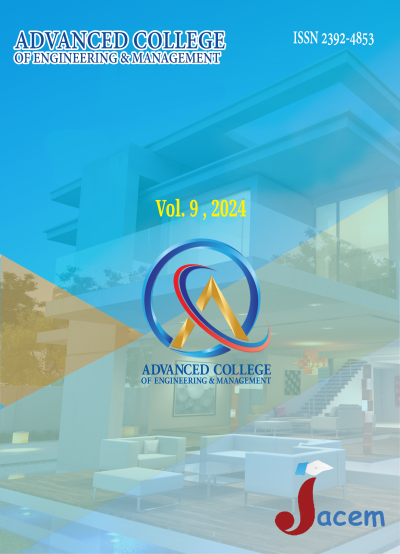Stability Evaluation for Powerhouse Cavern at Betan Karnali Hydroelectric Project, Surkhet and Achham Districts, Nepal
DOI:
https://doi.org/10.3126/jacem.v9i1.71428Keywords:
Cavern, Hydroelectric, Q-systemAbstract
The planning and evaluation of an underground powerhouse cavern pose significant challenges, primarily due to the geological conditions in the project area. This task requires meticulous consideration of factors such as the cavern’s location, orientation, and dimensions. This article specifically focuses on the evaluation of the stability of a large powerhouse cavern of Betan Karnali Hydroelectric Project. The Proposed Powerhouse Cavern having a dimension of 202m length, 23.5m wide and 54.48m high lies in strong shale rock mass. Geological assessment of the powerhouse area was carried out through construction of test adit tunnel in the study area. Combination of geological understanding, laboratory experimentation, established formulas, and simulated stress conditions from valley model informed the selection of the input parameters used in the analysis. Empirical approach: Q-system and Semi-Analytical approaches namely Hoek and Marinos, and Panthi and Shrestha are all used to study plastic deformation. Wedge failure was evaluated using Unwedge and Numerical analysis using RS2 and RS3. The assessment results are analyzed, and particular conclusions are drawn.
Downloads
Downloads
Published
How to Cite
Issue
Section
License
JACEM reserves the copyright for the published papers. Author will have right to use content of the published paper in part or in full for their own work.




